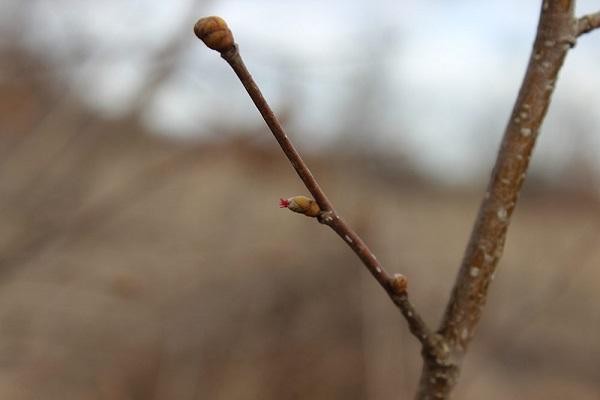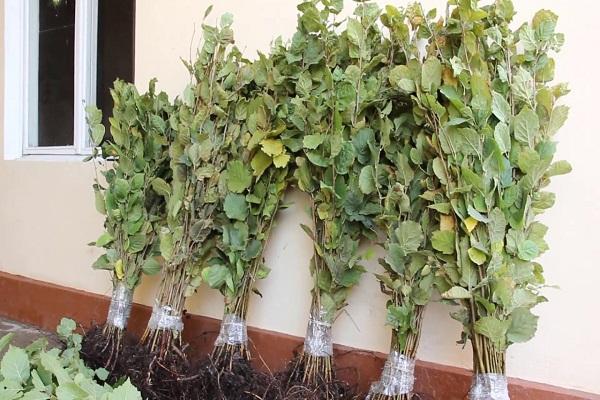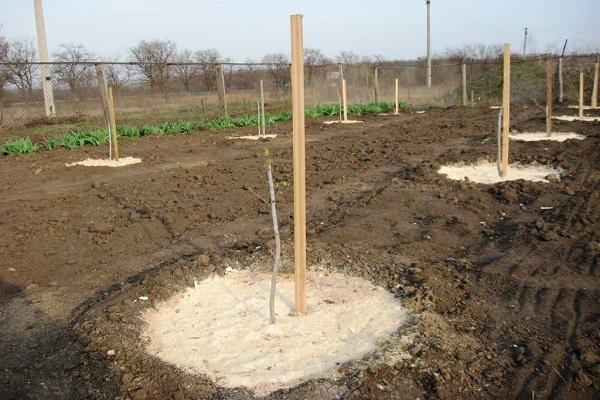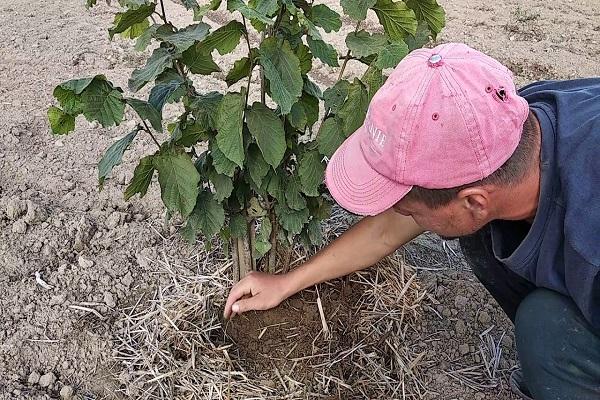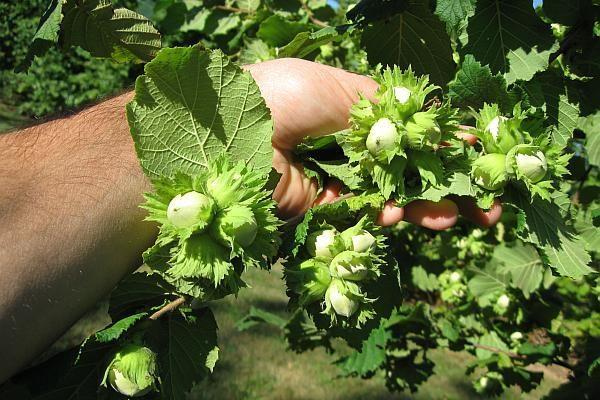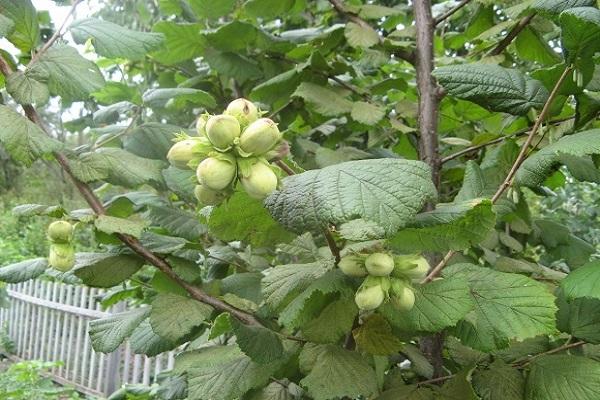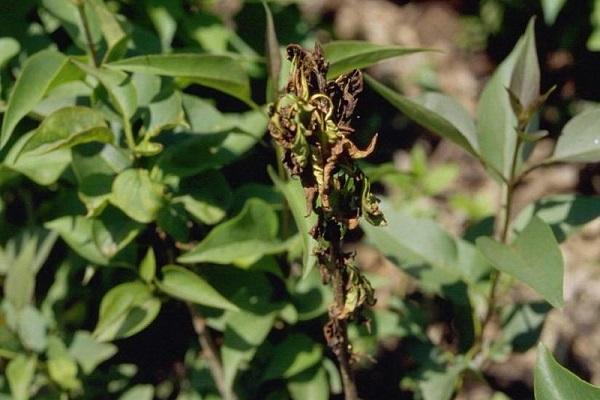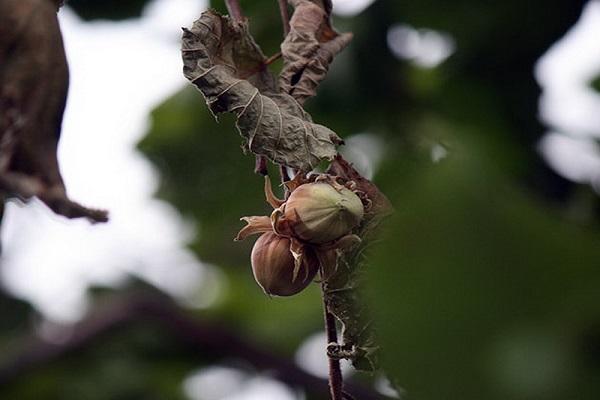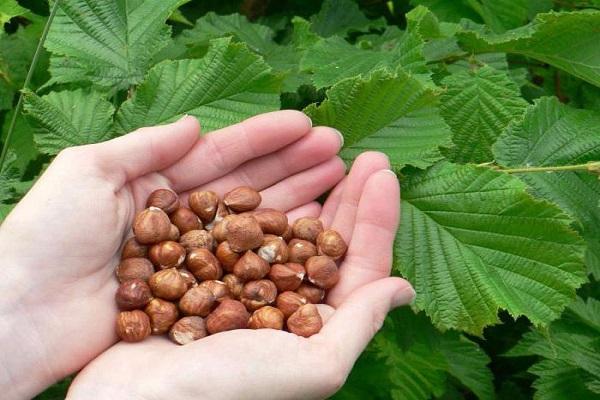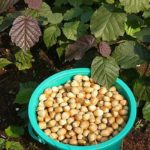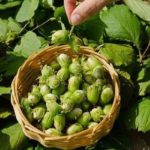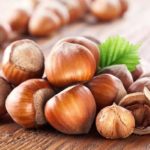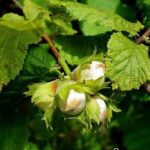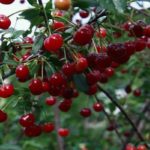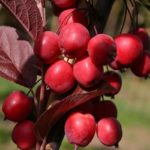Hazelnuts are a decoration for a personal plot. Gardeners who grow hazelnuts are in awe of the beautiful tree and look forward to the first fruits. But fruiting does not occur. Why don't healthy hazelnuts bear fruit? What factors can lead to plant infertility and how to quickly get the first harvest are the main questions that gardeners face.
How many years does it take for hazelnuts to bear fruit?
Hazelnuts can grow in gardens and produce crops for more than 20 years. The fruiting time is extended through the efforts of gardeners. After 7 years, the first fruits appear on trees grown from seeds. After 4 years, nuts can be collected from seedlings obtained by vegetative propagation.
Note: The most productive years of the plant are from 7 to 20 years. During this time, the bush goes through a cycle of complete rejuvenation; trees need to be pruned to stimulate fruit formation.
Reasons why hazelnuts may not bloom
Growing hazelnuts is not difficult, but it requires knowledge of tree planting technology. Improper care, poorly chosen planting location, poor planting material, tree diseases or bad weather conditions are factors that can interrupt the flowering process and contribute to a poor harvest. How to make cultivated hazelnuts bloom and bear fruit, what could be the reasons for the lack of fruits?
Bad seedling
Properly grown or selected planting material is the basis for future trees, which the gardener lays for many years. Poor seedlings are more susceptible to diseases, take a long time to take root and delay the time of harvesting the first harvest.
When choosing seedlings, you must comply with the following conditions:
- If the hazelnut variety corresponds to the region where it is supposed to be grown, the species must be zoned.
- The flowering period of the selected hazelnut variety should occur during the warm season of the region in which the hazelnuts will grow; the risk of frost during this period should be minimal.
- A seedling brought from the forest will not produce a good harvest when grown on a personal plot. You should choose “domesticated” varieties of hazelnuts.
- In order not to make a mistake in choosing a variety, it is better to purchase seedlings in specialized nurseries and professional agricultural stores.
The selected seedlings must be inspected: the foliage must be healthy, without signs of fungal diseases, the root system must be lush, without damaged or dried roots.
Incorrect landing
Violation of agricultural practices for planting trees in the ground, incorrect choice of planting site are negative factors that can lead to infections and infertility of hazelnuts.
The area for nut crops should be sunny; hazel can grow on slopes and prefers hills. The holes are prepared and marked in advance according to the planting patterns of a certain variety and the size of the future nut plantation. Depending on the height of adult bushes, choose the interval between plants: from 4 m by 4 m to 6 m by 6 m.
On a note! To quickly harvest the crop for industrial purposes, gardeners resort to a trick: the plantings are deliberately thickened, after 6 years the full harvest is harvested, then the plantings grow, excess trees are removed, leaving room for permanent specimens.
Planting holes for hazelnuts should be deep enough - 30-40 cm. A nutritious mixture of organic and mineral fertilizers, diluted with basic soil, is poured into the bottom. It is more convenient to plant trees together, as it is easier to maintain the central position of the seedling in the hole: one person fixes the plant in the center and straightens the roots, the other buries it, carefully compacting each layer.
The under-barrel circle is mulched with mowed grass, sawdust or a mixture of peat and sand. Young trees are watered at the root level at the rate of 20 liters of water per plant.
Improper care
Wild hazelnuts grow in the forest on their own; domesticated hazelnuts require care from gardeners. If agricultural practices are not followed, the tree stops bearing fruit.
The set of measures for caring for walnut plantings includes:
- Watering - hazelnuts do not tolerate drought well; it is important to water the plants at the beginning of summer, when flowers, buds, and generative organs of the tree are formed.
- Regular application of fertilizers increases the yield, the nut is responsive to organic matter, it is necessary to apply nitrogenous fertilizers and a potassium-phosphorus complex.
- Pruning - an excessively lush crown will harm the tree; young shoots should receive enough light, so more fruits will ripen. It is necessary to trim the crown from the age of six years of the plant, and the procedure should be repeated every two years.
- Mulching under the tree trunks is a mandatory technique to retain moisture in the soil. Sawdust, straw, mown grass, and a mixture of humus and sand are used as mulch.
Regular care of the nut plantation allows you to restore hazelnut yield within a year.
Freezing
A harsh, cold winter with little snow is one of the reasons for the lack of fruits in hazelnuts the next year. You can protect nut plantations with the help of special shelters by bending the branches to the ground. But this technique can only be used with small trees; once the plant gains growth, it will not be possible to bend it down.
In this case, it is necessary to protect the root system by sprinkling the root circle with mulch, and wrap the tree trunk with agrofibre or cover it with spruce branches.
Adverse weather conditions
Hazelnut yields may vary from year to year. An excessively hot and dry summer or the loss of a month's rainfall in a short period of time reduces the hazelnut harvest to zero. It is difficult to deal with the vagaries of the weather.It is necessary to support the plant’s immunity, balance fertilizing and adjust the watering system depending on weather conditions.
Even if the season for hazelnuts was unsuccessful due to a too rainy or hot summer, next year the “rested” tree will delight you with its fruits.
Diseases
A common cause of walnut tree infertility is infection by fungal or infectious diseases.
Trees must be regularly inspected and measures taken if signs of infection are detected. Hazelnuts are especially vulnerable in early spring and during the flowering period.
Powdery mildew can greatly weaken the plant’s immunity, the fruits will not set, and there will be no harvest.
Preventive measures against infections:
- Whitening trunks with lime mortar in early spring and autumn after harvesting;
- Timely harvesting and removal of affected nuts.
- Cleaning and further burning of fallen leaves.
- Spraying trees with Bordeaux mixture in early spring during the period of bud set; the treatment is repeated during the flowering period.
In case of severe infection, trees are treated with fungicides “Quadris” and “Flint”. Detection of the disease at the initial stage allows you to completely save the crop.
Pests
The nut borer is capable of destroying the fruits of an entire nut plantation. The nuts are infested by the larvae of this beetle. The fruits become wormy, unsuitable for food and storage, and fall off prematurely.
In case of severe infection, insecticides are used: “Aktara”, “Calypso”. Treatment is carried out twice: in early spring and in mid-summer.
Ways to solve the problem
When the cause of nut infertility or a decrease in its yield is found, they move on to eliminating it. The set of activities includes:
- Regular treatment of trees against pests and diseases: the use of fungicides and insecticides.
- Removing fallen leaves and wormy nuts.
- Attracting pollinators to walnut plantations, artificial pollination of trees.
- Correct choice of planting site and adherence to the planting scheme.
Preventive measures
Prevention allows you to avoid problems from occurring. By regularly caring for the plant, the gardener minimizes the risk of crop loss. Basic preventive techniques:
- To avoid freezing, bend the nut to the ground and cover it with agrofibre or spruce branches for the winter.
- Cover tree roots with mulch.
- Increase plant immunity through complex fertilizing.
- Timely watering, adjusted according to weather and climatic conditions.
- Whitening of trunks.
- Regular inspection of walnut plantations.
It is easier to avoid problems than to solve them later. Planting hazelnuts must be planned, and the site is selected carefully. Replanting trees is a labor-intensive task that lengthens the adaptation time of young seedlings.
If the hazelnut variety is zoned and chosen correctly for the purpose of cultivation, then if agricultural techniques are followed and regular care is taken, the trees will delight gardeners with the first harvest in the sixth year of growth.

